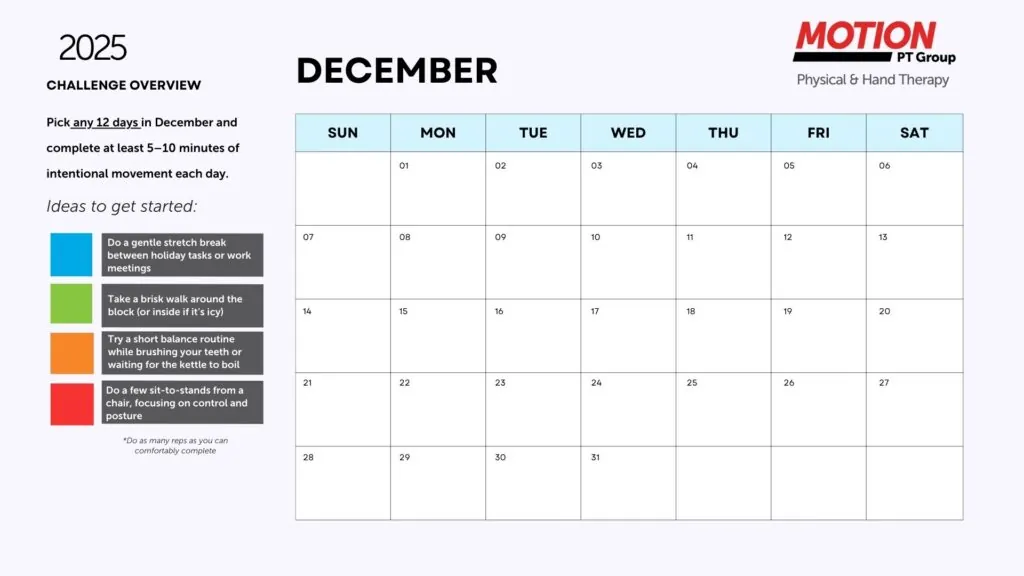Whether you’re an athlete aiming to enhance performance, someone recovering from injury, or simply looking to feel more agile in your day-to-day life, improving mobility and flexibility is key to moving better, feeling better, and preventing future injuries. Here’s our expert advice on how to safely and effectively increase your range of motion and keep your body moving with ease.
Start Slow, Stay Consistent
One of the most important pieces of advice is to start slowly and focus on consistency. Flexibility and mobility improvements don’t happen overnight—but with patience and regular practice, you’ll see results.
Tip: Begin with gentle, low-impact stretches, such as a basic hamstring stretch or shoulder roll. Incorporate them into your routine daily or at least a few times a week. Gradually increase the intensity as your body adapts.
Focus on Functional Movements
It’s easy to get caught up in static stretches, but functional movements—those that mimic everyday tasks—are just as important when working on mobility and flexibility. These exercises improve your body’s ability to perform daily activities with ease.
Tip: Include movements like lunges, squats, or step-ups in your routine to improve hip, knee, and ankle flexibility. These exercises also increase strength and balance, providing a well-rounded approach to overall mobility.
Prioritize Range of Motion
When we talk about flexibility, we’re really referring to the range of motion of your joints. If your joints are stiff or limited in their ability to move, this can affect your entire body’s mobility.
Tip: Gentle joint mobilizations—such as wrist circles or ankle pumps—can help maintain or increase the flexibility of your joints. Be sure to stretch within your comfort zone, and avoid pushing past any pain, which could lead to injury.
Strengthen Your Muscles
Strong muscles are essential for flexibility and mobility. Without proper muscle strength, your body might not be able to support the full range of motion in your joints. That’s why physical therapists emphasize the importance of strength training as part of any mobility program.
Tip: Focus on strengthening your core, legs, and upper body muscles to support more fluid, controlled movements. Exercises like planks, bridges, and wall sits build strength in the muscles that directly impact your flexibility.
Listen to Your Body
It’s vital to listen to your body when improving mobility and flexibility. If you’re feeling any sharp pain or discomfort, it’s essential to stop and reassess. Overstretching or pushing yourself too hard can result in injury and setbacks in your progress.
Tip: If you experience pain, try a gentler stretch or movement, and consider consulting with a physical therapist to get a more personalized, safe stretching plan.
The Role of Physical Therapy in Improving Mobility
We are trained to help people improve mobility and flexibility while preventing injury. We can assess your specific needs, offer personalized advice, and guide you through tailored exercises that work best for your body and goals.




